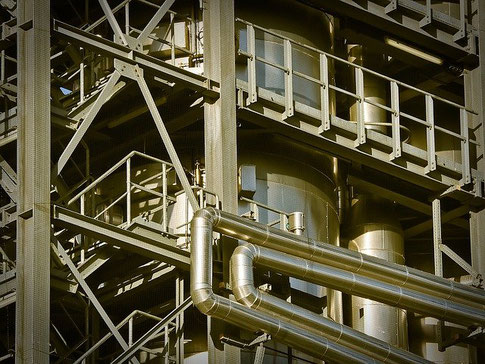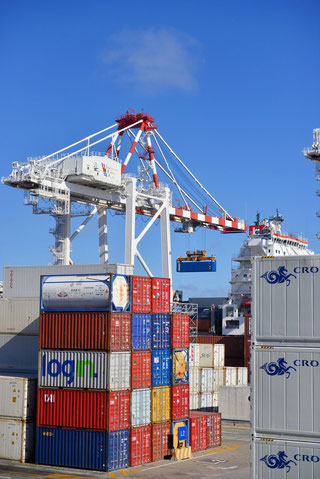Both Directives 2011/65/EU and 2012/19/EU give the scope of EU RoHS and WEEE on article 2. According to it, most electrical and electronic equipment (EEE) placed in the EU market must comply. However, some electrical and electronic products are merely out-of-scope, such as military, aerospace equipment, of some large-scale electronic products (LSSIT and LSFI).
Other excluded products are the so-called large-scale stationary industrial tools (LSSIT) and large-scale fixed installations (LSFI). Are any of your products LSSIT or LSFI? If so, then the EU RoHS assessments and WEEE extended producer responsibilities would not apply to them. Let’s find out what these large-scale products are.








